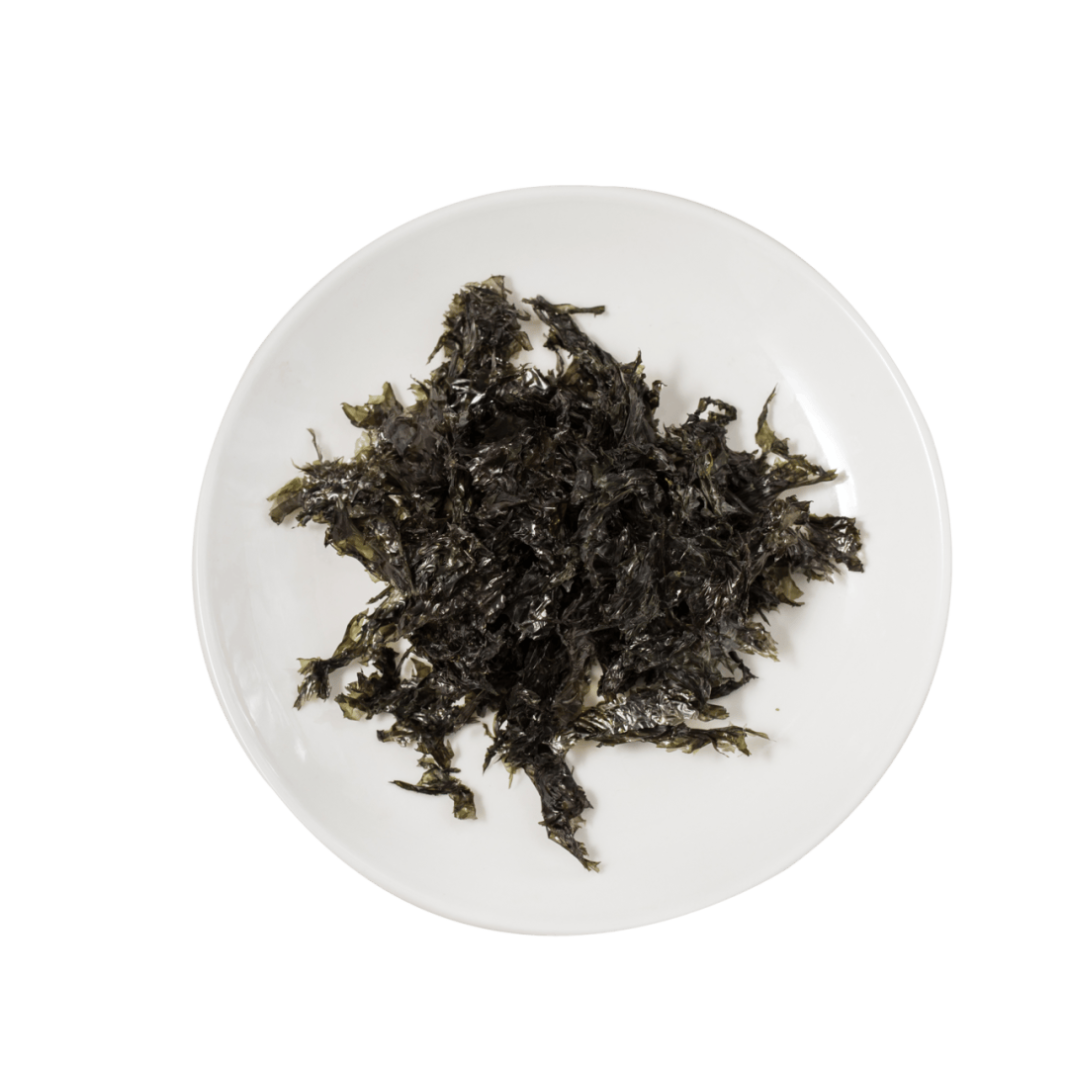Source: IgA Kidney Circle
With the acceleration of modern life pace and changes in dietary structure, in recent years, the incidence of hyperuricemia has been increasing year by year.
High uric acid levels can not only lead to gout attacks but also pose a potential threat to kidney function and even trigger cardiovascular diseases.
While many people pay attention to traditional high-purine foods such as meat and seafood, they often overlook some “seemingly healthy” vegetables. Surprisingly, the purine content of these vegetables can exceed that of meat, becoming an “invisible hand” in raising uric acid levels.
Nori Seaweed
As a favored seasoning in daily diets, nori seaweed is not only popular due to its unique taste and rich iodine content but also rich in various essential trace elements for the human body.
However, a fact often overlooked is that nori seaweed actually contains a considerable amount of purine. On average, every 100 grams of nori seaweed (dried) contains 415 milligrams of purine, a number that has already surpassed the purine content of many meat products, making it an absolute “high-purine” item. For individuals sensitive to uric acid metabolism, it is crucial to control the intake of nori seaweed.
Pea Sprouts
Pea sprouts, as a nutritious green vegetable, contain various essential trace elements and vitamins needed by the human body, making them highly favored.
However, the unique growth characteristics of pea sprouts make their purine content particularly noteworthy: as pea sprouts consist of the tender parts sprouted from pea seeds under suitable conditions, this process concentrates and releases the purine substances originally present in peas, resulting in approximately 500 milligrams of purine in every 100 grams of pea sprouts. This data undoubtedly raises a red flag for individuals with poor uric acid metabolism, reminding them to conscientiously regulate their intake when enjoying this delicious gift from nature.
Asparagus
Asparagus, a well-known green vegetable with outstanding nutritional value, is highly praised for its richness in various beneficial nutrients that promote human health. It is a preferred choice for many in weight loss and cholesterol reduction.
However, in the world of high-purine foods, asparagus plays a significant role. It is essential to note that its purine content per 100 grams can reach an astonishing 500 milligrams or so. This characteristic makes asparagus a dish that individuals with hyperuricemia need to handle with care.
Mushrooms
Mushrooms, as common delicacies on the dining table, are particularly popular when paired with various meat dishes.
Among them, enoki mushrooms generally contain about 287 milligrams of purine per 100 grams, while dehydrated shiitake mushrooms have a purine content exceeding 400 milligrams per 100 grams. Additionally, other types of mushrooms like oyster mushrooms also possess high purine levels.
Therefore, for individuals with gout or high uric acid levels, it is advisable to moderately consume these delicious mushroom foods to prevent gout attacks or other health issues.
Fava Beans and Other Dry Beans
Fava beans and other dry beans, such as soybeans, black beans, etc., are important sources of plant-based protein and dietary fiber, rich in various minerals and vitamins with high nutritional value.
However, due to their rich purine content, these beans are categorized as foods that need to be consumed with caution for individuals with hyperuricemia or gout. The purine content in every 100 grams of dry fava beans can reach up to 307 milligrams, surpassing many meat products, and the purine content of other dry beans is also significant.
Although proper cooking methods can reduce some purines, gout patients need to strictly control the intake of these beans.
In conclusion, when selecting vegetables, individuals with hyperuricemia or gout should pay attention to identifying these “hidden” high-purine vegetables, balance their diet reasonably, avoid excessive increases in uric acid levels, and thus protect their overall health.
Moreover, for all vegetables, even low-purine ones, it is essential to follow moderation principles, ensure balanced nutrition, and if necessary, make dietary adjustments under the guidance of a doctor or nutritionist.
References:
[1] Guidelines for the Diet Therapy of Hyperuricemia and Gout in Adults (2024 Edition)
[2] Gao, Wenli. Foods with High Purine Mistaken as Low-Purine Foods[J]. Health Guide, 2020, 26(4): 48-49.
[3] Yu, Yang. Analysis of Nutritional Composition and Purine Content of Three Common Edible Mushrooms[J]. Science and Wealth, 2019, (11): 127-128.
[4] Rong, Shengzhong, et al. Study on the Purine Content in Common Dry Beans and Bean Products[J]. Chinese Food and Nutrition, 2014, 20(6): 61-63.
[5] Chinese Society of Endocrinology, Chinese Medical Association. Diagnosis and Treatment Guidelines for Hyperuricemia and Gout in China (2019)[J]. Chinese Journal of Endocrinology and Metabolism, 2020, 36(1): 1-13.
Favorite in Great Beijing Award
I like your shares, likes, and views!


